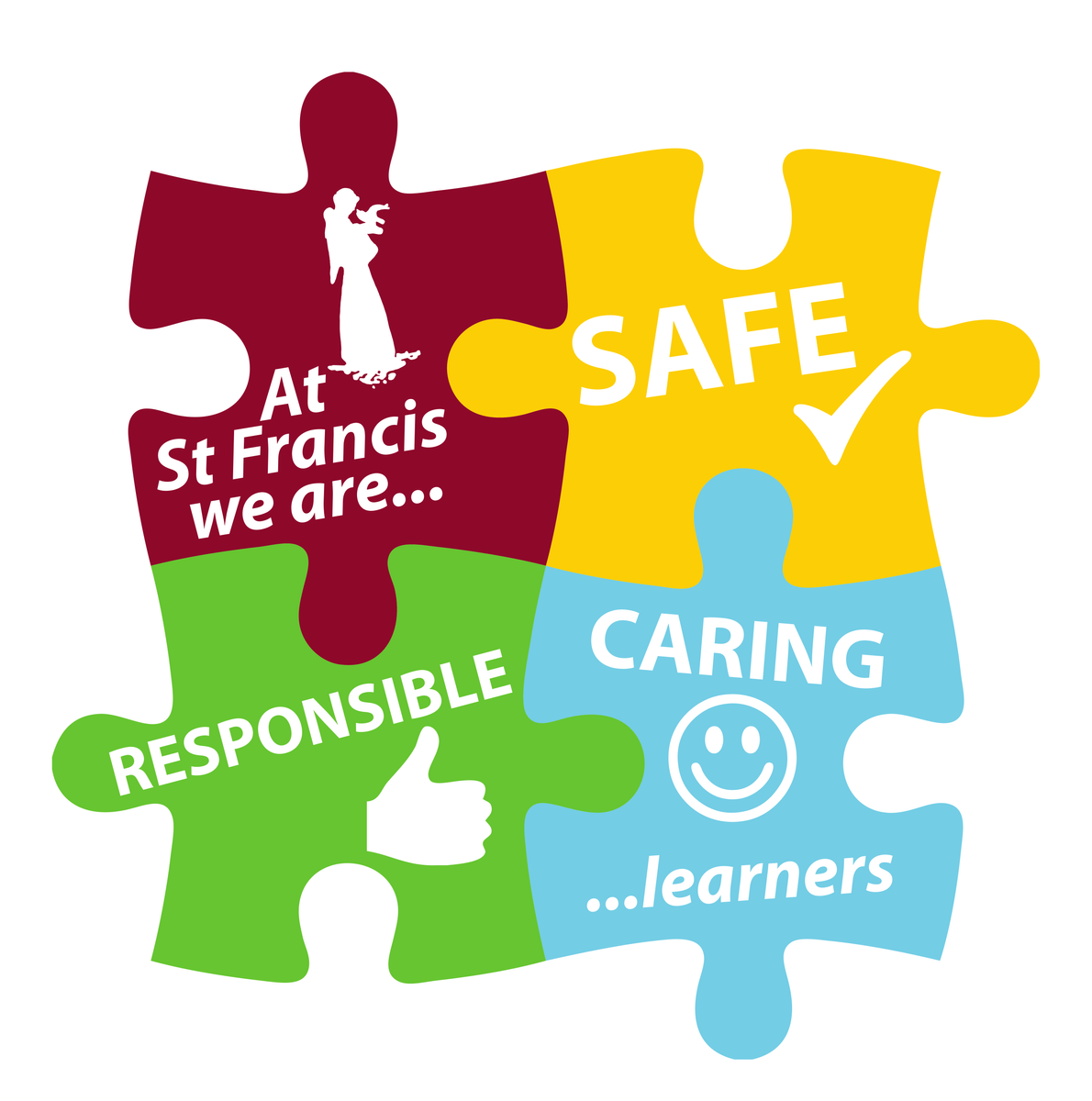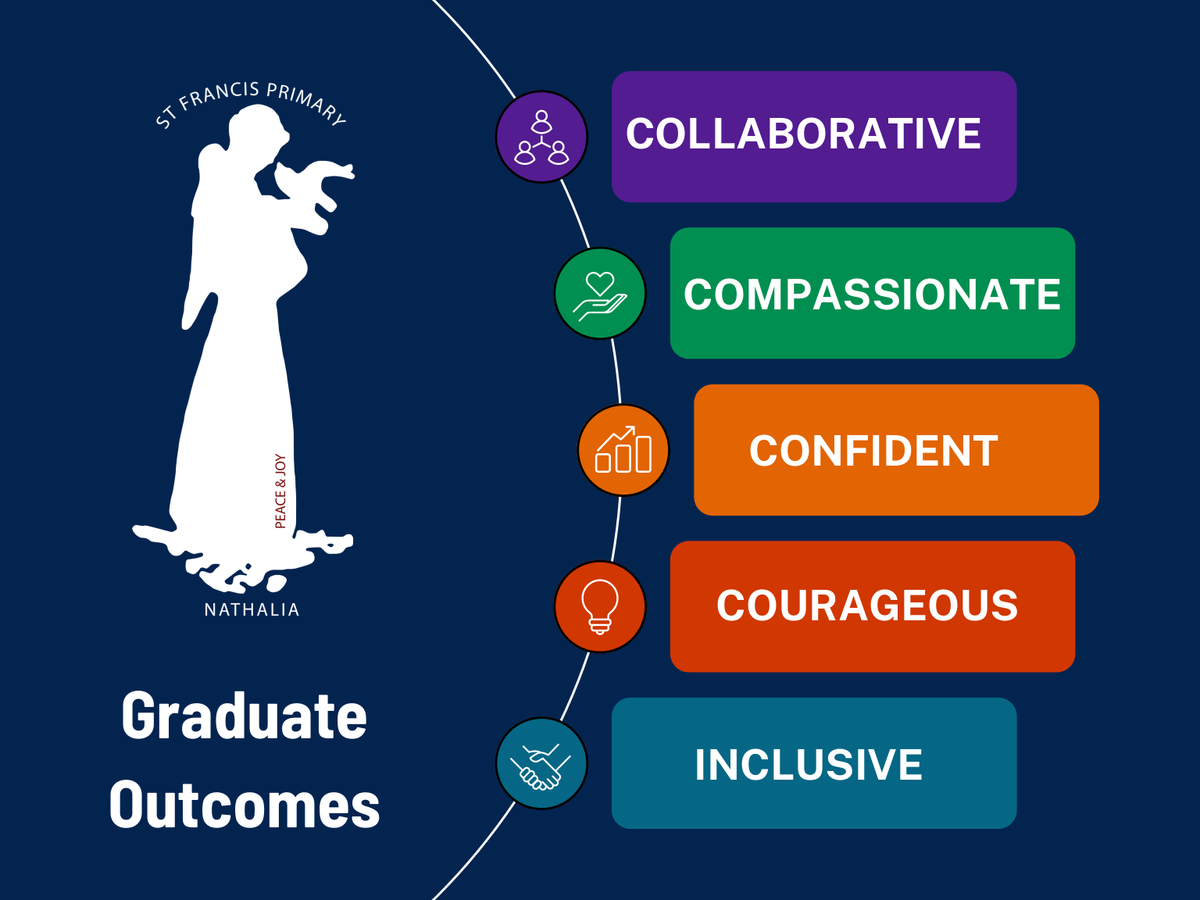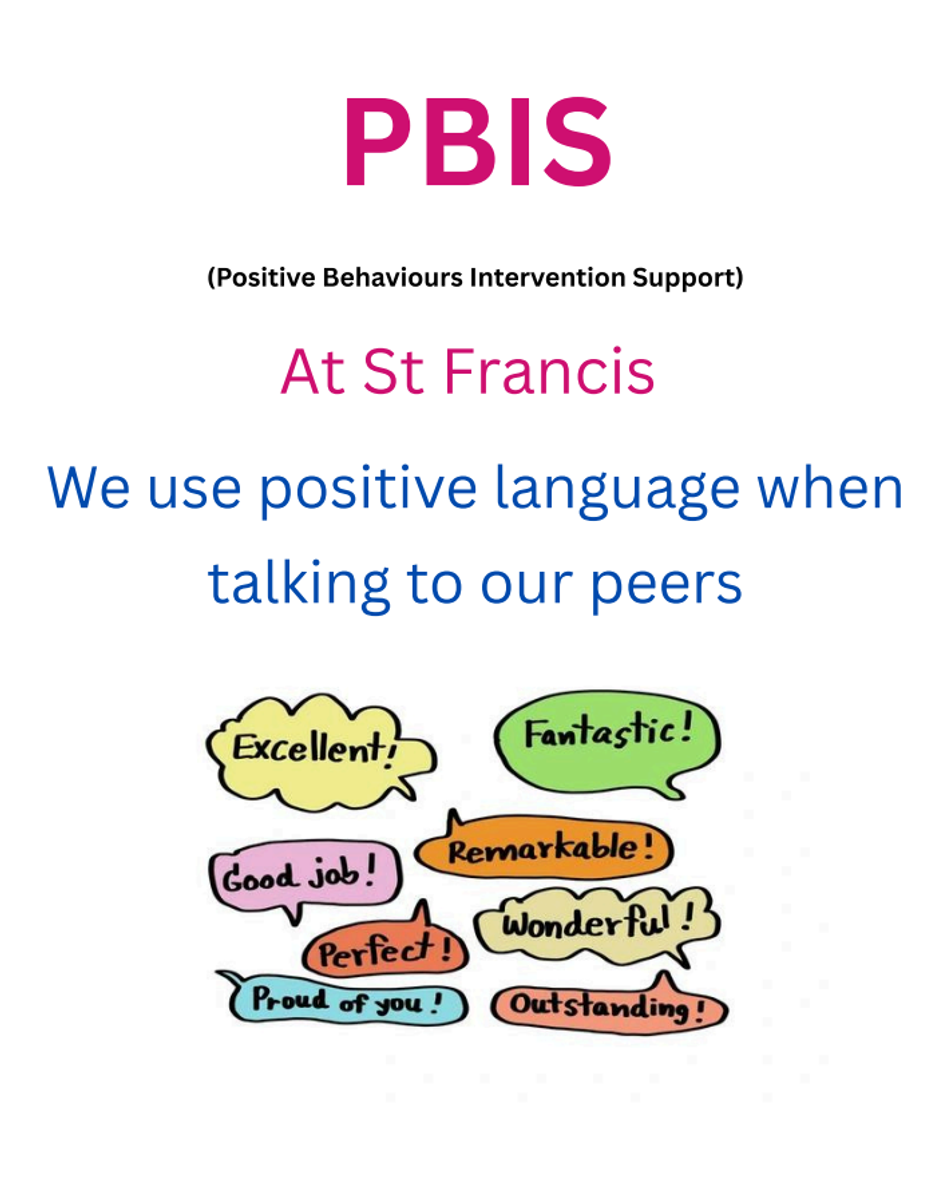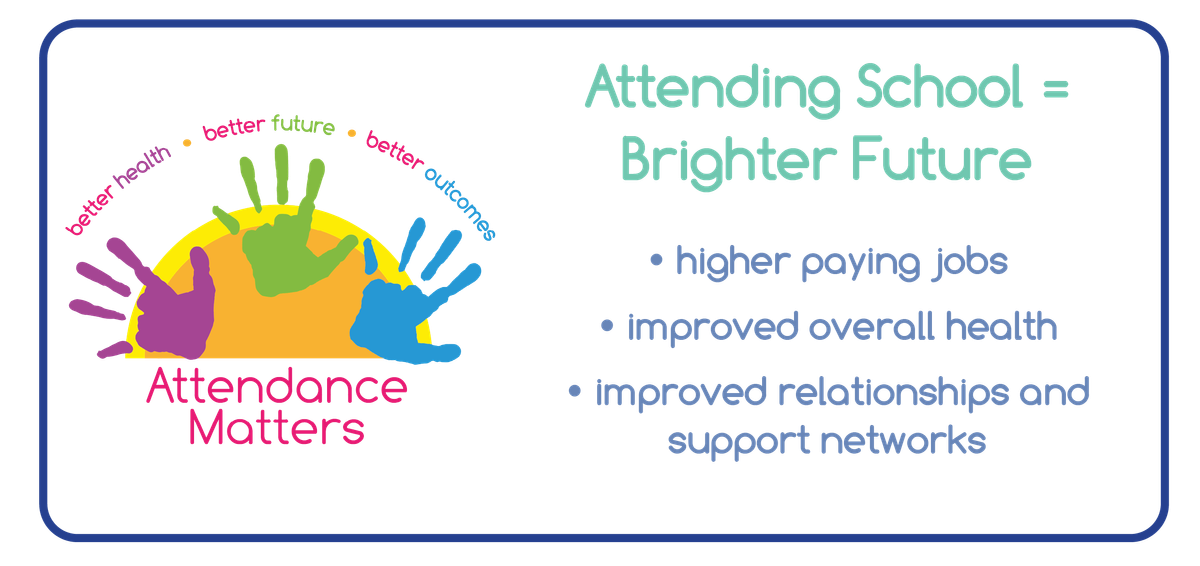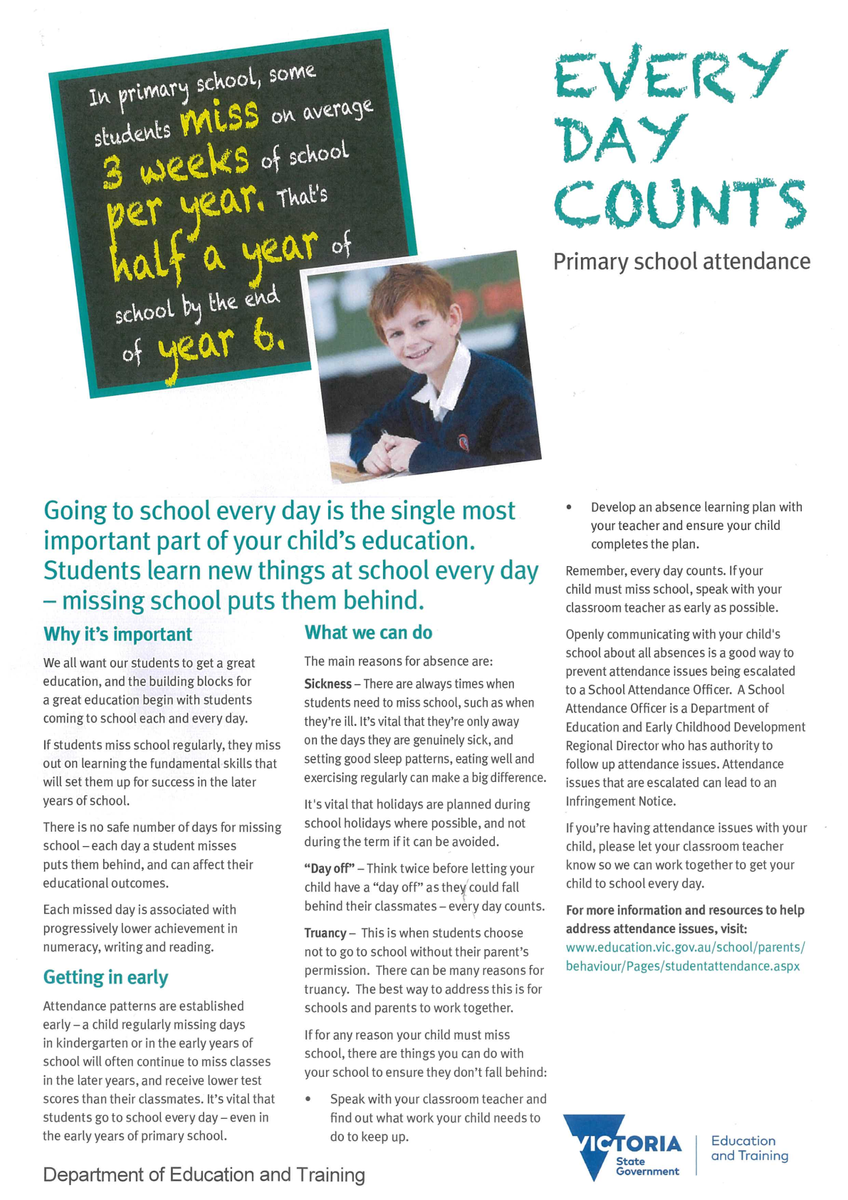Pastoral Wellbeing

Positive Behaviours Intervention and Support (P.B.i.S)
School attendance at St Francis Primary School Nathalia is an important factor in students having successful outcomes academically, socially, and mentally. The Department of Education in Victoria states the following-
Going to school every day is an important part of your child’s education. Children and young people learn new things at school every day, connect with friends, have fun and develop good habits that help them to succeed. Attending and participating in school will help your child:
- develop important skills and knowledge to help them learn.
- develop social and emotional skills such as good communication, resilience and team-work.
- establish friendships with peers which help develop self-esteem and a sense of belonging.
There is no good number of days for missing school. Being away from school for 1 day a fortnight adds up to missing 4 whole weeks of school a year. Where possible, you should avoid your child missing school, for example, make appointments for your child outside of school hours and keep family holidays to outside term time.
https://www.vic.gov.au/attendance-and-missing-school
How can parents help keep children safe online?
1. Be aware of what social media your children are using
Much of the focus by government and media is on social media sites used by teens such as TikTok, Instagram or Snapchat.
But social media also includes apps such as Messenger, Messenger Kids and YouTube. Even if younger children do not have their own accounts, they may be using a family member’s account.
Children’s use of social media can be positive – it can be a way for them to connect with others, learn and access information. But for younger children, as with any new activity, it should always be under the watchful guidance of a parent or caregiver who can support them to build independence.
When you use technology together, you can have conversations with your child to help them learn and create a habit of open communication. For example, point out persuasive design features (such as features that encourage them to click or keep scrolling), or talk about privacy.
Parents can also negotiate shared rules with their children, such as not using devices in bedrooms.
2. Model healthy social media use
Be mindful about your own use of social media and the ways you manage and balance this. What you do is visible to your children and sends a powerful message. For example, do you have breaks and keep your device away from you when you’re talking to people or eating?
Do your posts feature information about your children, or images and videos of them? Conversations about consent and respectful use of others’ images can start at a young age.
As parents, we can also advocate for others to respect children in their social media use, such as schools, sports clubs and community groups. You can ask that your child’s image and personal information is not shared on social media.
3. Learn about social media
Understanding the risks and harms associated with social media is an important step in helping children and young people to be informed and critical in their use (or future use) of these platforms.
These harms and risks include privacy and safety settings, “recommender systems” that dictate what kind of content is directed to your feed, data privacy and profiling, and the limitations of social media content moderation and reporting systems.
Parents can find helpful resources and sign up to a newsletter from the eSafety Commissioner. Ironically, following the ARC Centre of Excellence for the Digital Child on social media can be a convenient way to stay up to date. This is a government-funded research centre that provides evidence-informed resources for parents, educators and policymakers.
4. Demand improvements to social media design
In addition to current government plans, we need to ensure technology companies redesign their platforms with stronger privacy for children by default.
Many of the risks and harms we are talking about are associated with the design of social media that prioritises profit over user safety. Australian researchers have been calling for a “Children’s Code” or Age-Appropriate Design Code, which have improved platforms in the United Kingdom. The federal government’s plan announced on Thursday to require technology companies to redesign their services to better protect children, is a step in the right direction.
Importantly, we can all start talking about the type of digital environments we want for our children and share these ideas with politicians and policymakers. This includes the concept of a “Children’s Internet” – a set of principles to reimagine the web as a safer and more appropriate digital environment for our children.
For more information and support 25-017 Safe Socials Primary Schools

